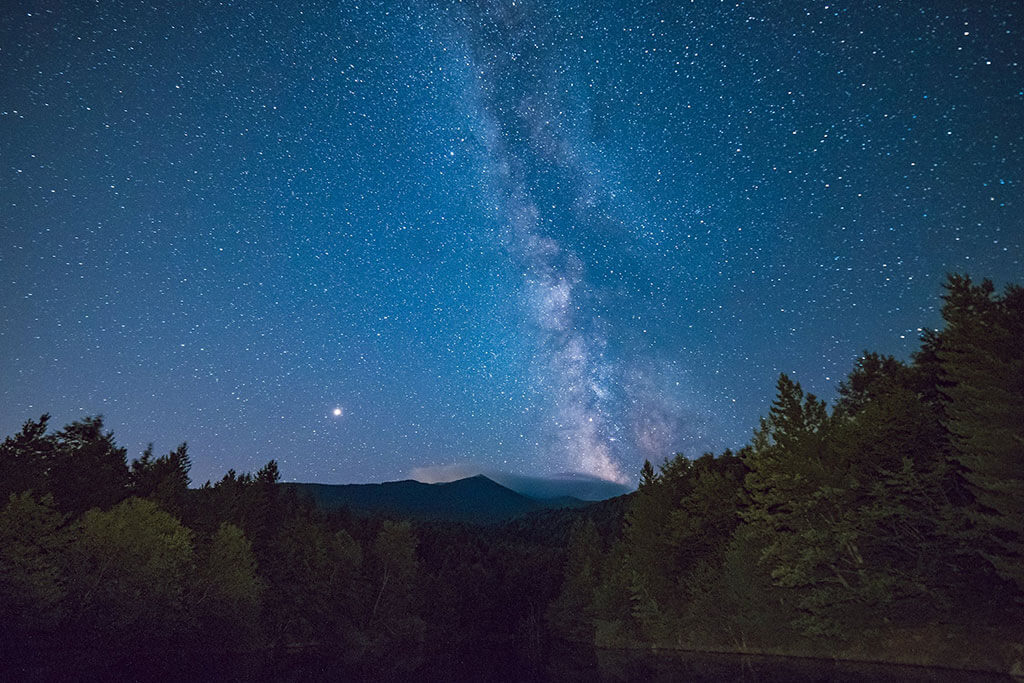
29
October
RCIS: The Planets, a Musical Odyssey of Evolution, Environment and Exploration (SOLD OUT)
A century ago, Gustav Holst had 7 planets to inspire his composition, The Planets. With Earth, these were the known worlds. Holst evoked the planets’ astrological characteristics, assigned in the distant past by sky watchers trying to make sense of their world.

28
October
BeSpatial: International Observe the Moon Night
International Observe the Moon Night (InOMN) is an annual world-wide public event that NASA organizes to help celebrate, appreciate, and understand our Moon.
BeSpatial Consulting is proud to host InOMN in the City of Mississauga! Join us on October 28th in the Frank Bean Lounge at Mississauga Valley Community Centre from 6:30pm to 9:00p and learn about our Moon through various activities. Open to the general public and all age-groups!

28
October
Millennium Square Stargazing Night (NO GO for Saturday)
Everyone is invited to join us and Durham Skies on October 28 for stargazing at the edge of Lake Ontario. Take a free look through different kinds of telescopes to get close-up views of craters on the Moon and distant planets Uranus and Neptune! Learn the names of the stars of autumn and the constellation patterns they form. Peer deep into space and try your hand at spotting faint star clusters and nebulae.

27
October
RASC Mississauga: Voyager at 40
The two Voyager spacecraft were launched in 1977 - 40 years ago. Over a period of 12 years, they explored the four outer planets - Jupiter, Saturn, Uranus and Neptune. The discoveries changed our understanding of our solar system.

27
October
Gallery 44: Nathan Cyprys - Cosmichronos, Exhibition Opening
Cosmichronos is an exhibition of new images from photographer Nathan Cyprys, exploring the cosmic perspective as it relates to humanity. Capturing light from distant stars, documenting SETI researchers and visiting a meteor impact site, this work bridges Cyprys’ arts-based and documentary approach. Contrasting the mysticism of human existence with the pragmatism of the scientific method, Cyprys implores his viewer to consider deep time on the cosmic scale.

26
October
OSC Great Conversations: In Conversation with Scott Kelly (SOLD OUT)
We’ve created a research lab in space. But can man really live beyond Earth’s orbit? Astronauts provide a unique perspective on both the challenges of living in a microgravity environment and the opportunities of human space missions. What are the extreme challenges of a long-term spaceflight on the body and psyche? Is there such a thing as a space gene? Does Mars hold the key to life in space?

26
October
City Star Party (GO for Thursday)
Hover above the moon like an astronaut and get eye-to-eye with the planets. Find colourful stars, star clusters, bright nebulae and even another galaxy. Our monthly City Star Party is the place to catch universe from within the city limits at Bayview Village Park. If you don't have a telescope then you will find many astronomers who would love to share a view. If you are thinking of buying a telescope, viewing with other people's equipment is the best way to make a good choice. If you have a telescope or binoculars, please bring it!

25
October
Speaker's Night: These old eyes - they ain't what they used to be!
Speaker: B. Ralph Chou, MSc, OD, Professor Emeritus, Optometry & Vision Science, University of Waterloo
Even the healthiest eyes undergo changes as they age. Ralph will describe some of the most common changes that occur in aging eyes. These changes can affect our ability to enjoy visual astronomy but modern technology may help to reduce the effects.

25
October
ASX Movie Night: Gravity
Come join us on Wednesday, October 25th for a showing of the movie Gravity (2013) starring Sandra Bullock and George Clooney! Snacks will be provided, and there will be an optional telescope observing session following the movie from 8:30-9:30pm.

24
October
College/Shaw Library: Earth's Battered Moon
Just like the Earth, the Moon is about 4.5 billion years old. It has been and continues to be constantly bombarded by meteorites. Some suggest that this rate of bombardment has remained constant in the past couple of billion years. The Moon's surface without any substantial atmosphere or tectonic activity serves as a time capsule, helping us detangle Earth's history. The only way to see if the bombardment rate has changed is to have an age for every single crater, an extremely difficult task using traditional crater dating methods.

24
October
NOVA Astronomy Course (1/6)
Introduction to RASC and Astronomy, overview of the course, astronomy history and "Canada in Space."
For more details: http://www.rascto.ca/content/nova-astronomy-course-

23
October
Dunlap Institute: Dark Matter Day
Dark matter is puzzling. We can't see or touch it, but we believe it makes up about 85% of the matter in the Universe. Canadian astronomers are at the forefront of the search for the true nature of this elusive substance.
Join us on Monday, October 23rd for an evening of fascinating talks in celebration of Dark Matter Day. From the first evidence for dark matter in distant galaxies to cutting-edge tools for detecting dark matter right here on Earth, this is your chance to find out what dark matter is, why it matters, and how we'll find it.
